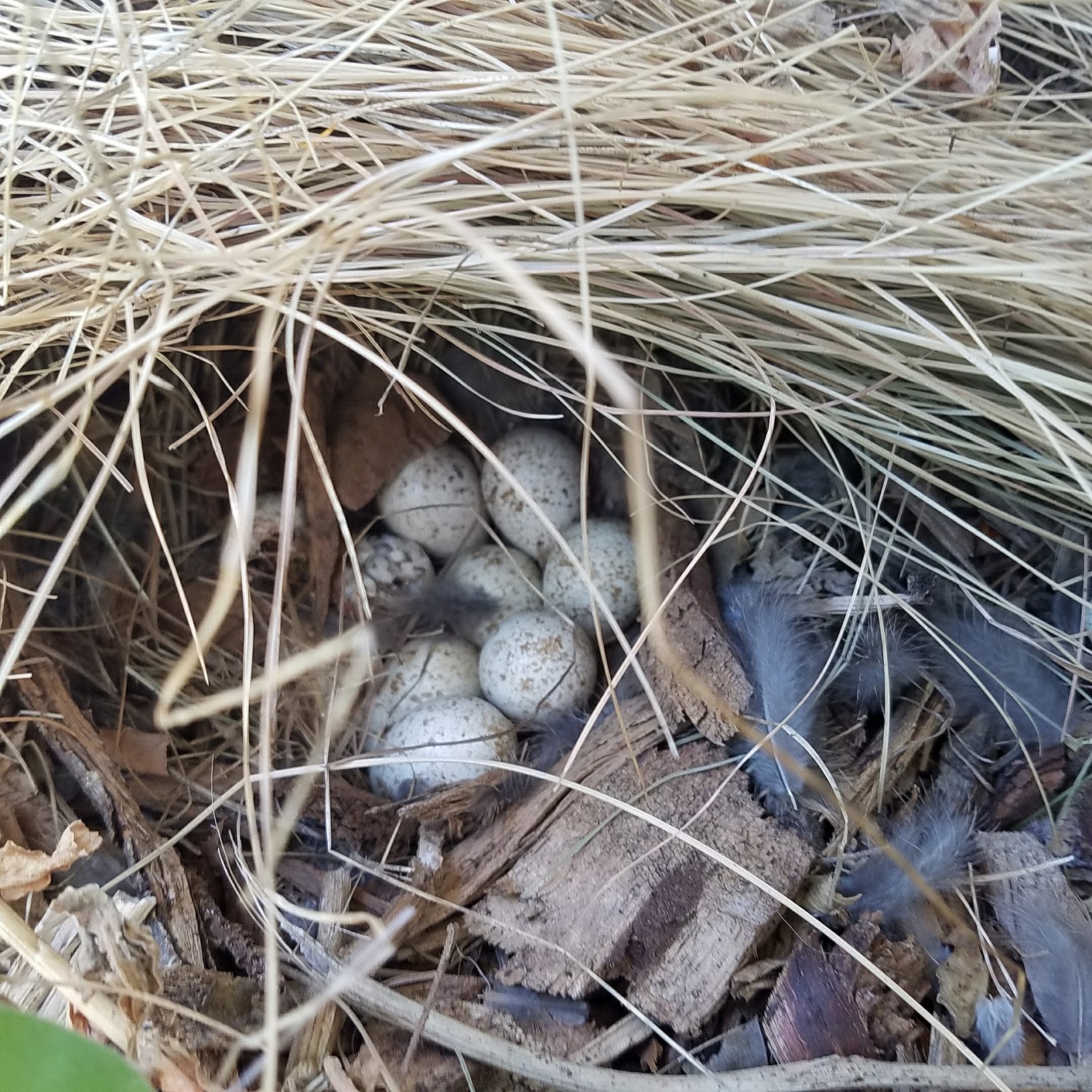 |
| 7 Most Common Birds That You Can Find In Singapore |
If you live or work in Singapore, you may consistently have the tendency to get some answers concerning the city. At this moment, will talk about irrefutably the most customary feathered animals you can find at the present time. We will share some standard real factors about these flying animals.
1) Javan Mynah
This winged creature is known as the white-vented mynah as well. Because, in 1920, this flying animal was brought from various countries to be kept as a pet flying animal.
Without a doubt, mynah is extremely flexible. It leaves its homes before various feathered animals in order to eat road murders, normal items, staying human sustenance, and dreadful little creatures.
2) Asian Glossy Starling
 |
| 7 Most Common Birds That You Can Find In Singapore |
Consistently, these flying animals get together in enormous gatherings including 30 fowls. You can find sitting on TV recieving wires and profiting by different sorts of characteristic items in gardens. Around night time, you can find them in enormous shared runs and roosts. Their voice appears to be a whistle.
3) Pink-Necked Green Pigeon
 |
| 7 Most Common Birds That You Can Find In Singapore |
The male pigeon is more lovely than the female. Normally, their homes are in trees. Every so often they are found on the ground. Normally, they get down exactly when they have to drink water.
The pair causes each other brood the eggs and the home. Conventionally, the male rests in the home for the span of the day, and the female returns the night. Rather than various winged animals, feathered creatures and pigeons don't have oil-conveying organs. Right now, plumes are not waterproof.
4) Yellow-Vented Bulbul
 |
| 7 Most Common Birds That You Can Find In Singapore |
You can find this juvenile in essentially every park and nursery. In gardens, they can be seen flying around sprouting shrubberies. Generally, it's cup-like home is made of plastic strips, raffia pieces, tissue paper, and plant stuff.
They feed on caterpillars, frightening little animals, grasshoppers, and ants. In the wake of having their dinner, they like to wash and trim.
5) Whimbrel
 |
| 7 Most Common Birds That You Can Find In Singapore |
You can find these winged creatures raising in the ice and sub-ice segments of the world. For the most part, they fly to various countries, for instance, New Zealand, Australia, and Asia during the colder months of the year.
In Singapore, you can find them in September and November. Their long bills to profit by marine animals and scavangers.
Whimbrel was seen at Sungei Buloh Wetland Reserve after a long time in 2014.
6) Pacific Golden Plover
 |
| 7 Most Common Birds That You Can Find In Singapore |
In Singapore, you can find this superb winged creature on the shores. They feed on dreadful little creatures, 8-legged creature, worms, marine, and crabs, to give a few models. This flying animal can fly a large number of miles without getting exhausted. They fly in gatherings of many feathered animals.
In Singapore, they appear later than anticipated August. In April, they fly back to their remarkable goals.
7) Common Redshank
 |
| 7 Most Common Birds That You Can Find In Singapore |
You can perceive the standard redshank from its red legs. In any case, the young people don't have red legs. Their legs are greenish-yellow. These worried winged creatures are consistently watched flying around the sandy shores.
 |
| 7 Most Common Birds That You Can Find In Singapore |
In the replicating season, the essential redshank eat up worms, frightening little animals, and creepy crawlies. Beforehand or after the raising season, they eat tadpoles, little fish, shellfish and mollusks.
Thusly, this was an introduction to some essential flying animals you can find Singapore.


















































